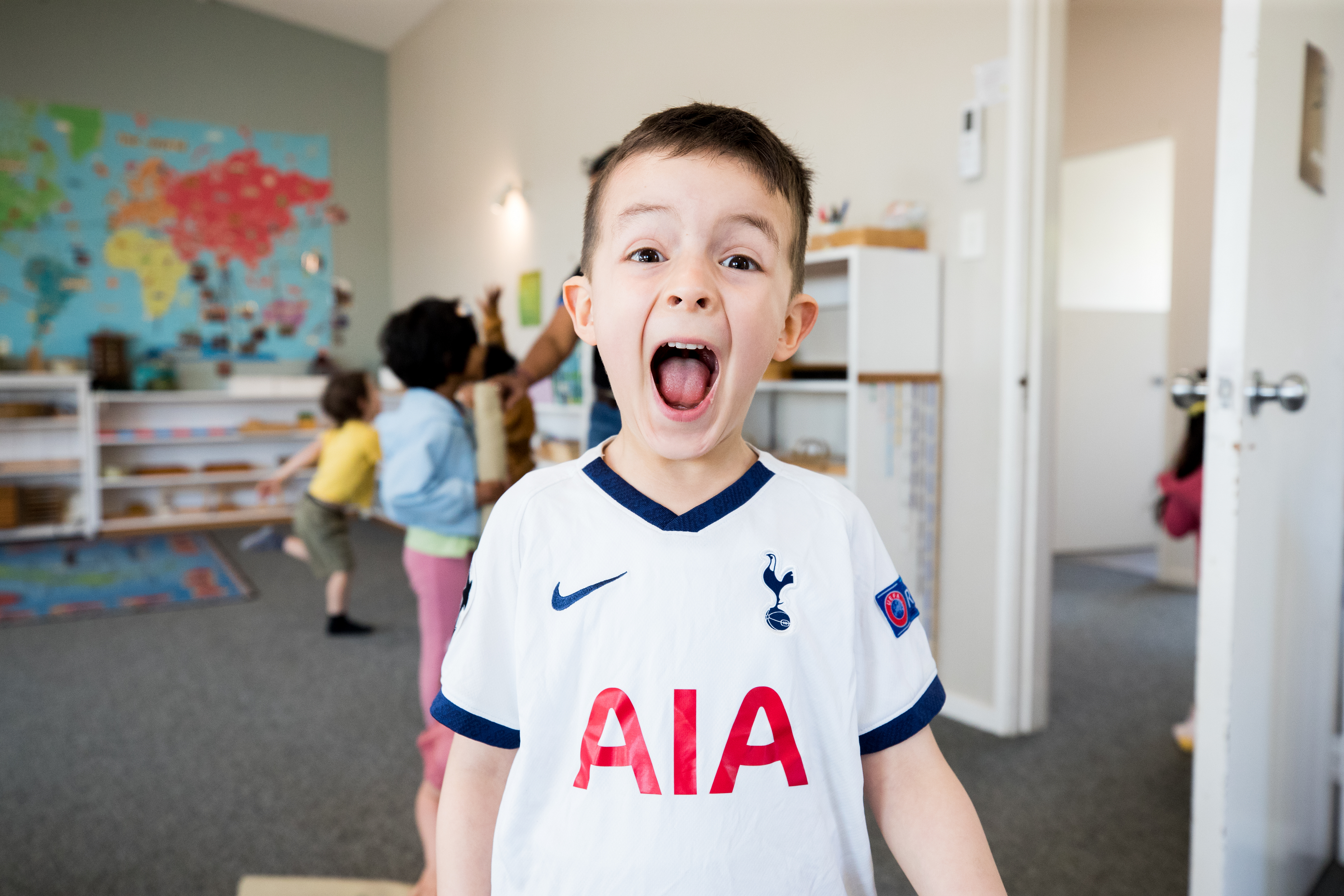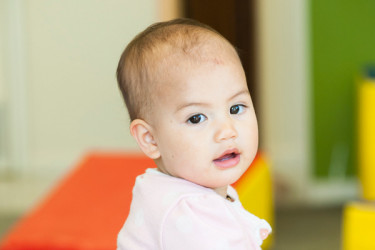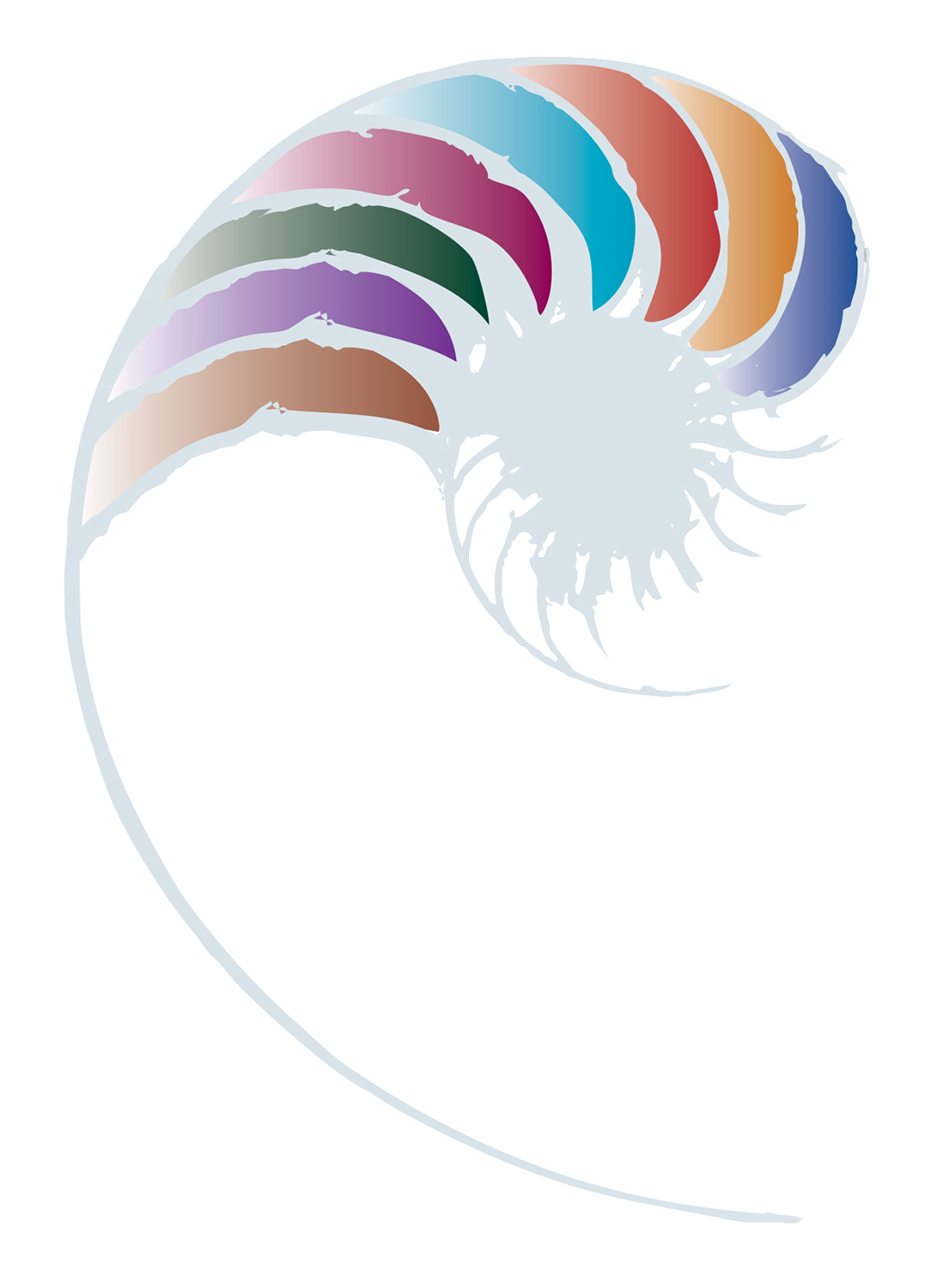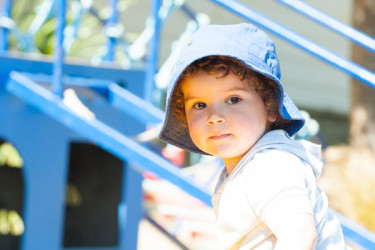Mana Atua | Wellbeing
Strand 1
This section is from pages 26–30 of Te Whāriki: He whāriki mātauranga mō ngā mokopuna o Aotearoa Early childhood curriculum. This resource is part of the “Te Whāriki strands and principles” set. See the resource carousel below for more.

Ko tēnei te whakatipuranga o te tamaiti i roto i tōna oranga nui, i runga hoki i tōna mana motuhake, mana atuatanga.
The health and wellbeing of the child are protected and nurtured.
All children have the right to have their health and wellbeing promoted and to be protected from harm. They also have a right to experience affection, warmth and consistent care.
Kaiako should have an understanding of Māori approaches to health and wellbeing and how these are applied in practice. Models such as Te Whare Tapa Whā emphasise the importance of te taha wairua to holistic wellbeing.
Protecting and nurturing health and wellbeing includes paying attention to aspects of physical care, such as healthy eating and nutrition and opportunities for physical activity. Safe, stable and responsive environments support the development of self-worth, identity, confidence and enjoyment, together with emotional regulation and self-control.
Children need consistency and continuity, especially at times of transition. A foundation of remembered and anticipated people, places, things and experiences will give them the confidence to engage successfully in new settings.
For children, wellbeing is a multifaceted concept that encompasses the child, parent, ‘aiga and wider relationships. It is important that kaiako are sensitive to the different ways that the diverse families represented in their setting may understand and seek to promote wellbeing.
- Mana atua | Ko tēnei te whakatipuranga o te tamaiti i roto i tōna oranga nui, i runga hoki i tōna mana motuhake, mana atuatanga | Mokopuna understand their own mana atuatanga – uniqueness and spiritual connectedness.
- Wellbeing | Children have a sense of wellbeing and resilience
GOALS Children experience an environment where: |
LEARNING OUTCOMES Over time and with guidance and encouragement, children become increasingly capable of: |
EVIDENCE OF LEARNING AND DEVELOPMENT These outcomes will be observed as learning in progress when, for example, children demonstrate: |
|---|---|---|
Their health is promoted |
Te oranga nui | Keeping themselves healthy and caring for themselves |
|
Their emotional wellbeing is nurtured |
Te whakahua whakaaro | Managing themselves and expressing their feelings and needs |
|
They are kept safe from harm |
Te noho haumaru | Keeping themselves and others safe from harm |
|
See Materials that come with this resource to download Te Whāriki Early childhood curriculum: Mana atua | Wellbeing – Strand 1 (.pdf).
Examples of practices that promote these learning outcomes
Kaiako respect Māori beliefs by carrying out everyday caregiving practices in line with cultural protocols. For example, they uphold the concept of tapu and noa by separating soiled personal items from kitchen laundry.
Kaiako develop their own knowledge of te reo Māori, tikanga Māori and Māori world views so that they are better able to support children to understand their own mana atuatanga.
Kaiako facilitate tuakana–teina relationships and ensure that mokopuna have opportunities to manaaki and take responsibility for others. Kaiako trust mokopuna to manage these relationships and to indicate when they need support.
- Infants
- Toddlers
- Young children
- Considerations for leadership, organisation, and practice
- Questions for reflection

- Kaiako trust each infant’s ability to communicate their needs through cues and gestures. They respond sensitively to signals of distress, hunger or tiredness.
- Infants experience unhurried and calm caregiving practices for feeding, sleeping and nappy changing.
- The environment is predictable and dependable and infants are supported to build trusting attachment relationships.
- Kaiako pay attention to the physical environment, ensuring it is calm, safe, hygienic and rich in sensory opportunities. Infants’ exploration is encouraged and carefully supervised.
- Kaiako empower infants to discover their own limits by allowing them the time and space to learn for themselves and not intervening unnecessarily.
- Kaiako are cognisant of environmental hazards, such as choking, sun, insects, and the activities of other children.
About this resource
This section from pages 26–30 of Te Whāriki: He whāriki mātauranga mō ngā mokopuna o Aotearoa Early childhood curriculum discusses the Wellbeing | Mana atua strand, examples of practices that promote the learning outcomes under this strand for infants, toddlers and young children, and provides considerations for leadership, organisation and practice. This resource is part of the “Te Whāriki strands and principles” set. See the resource carousel for more.





